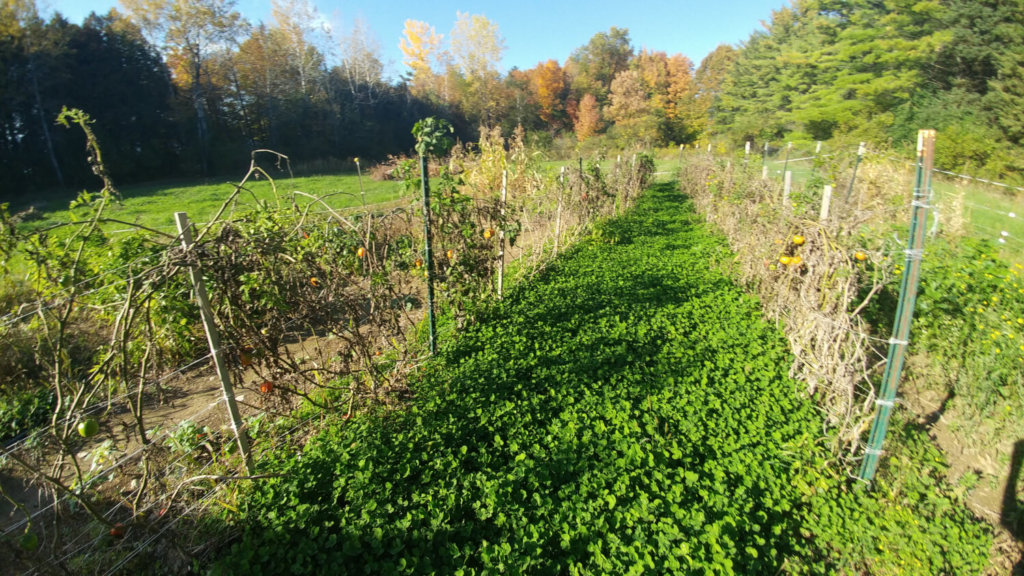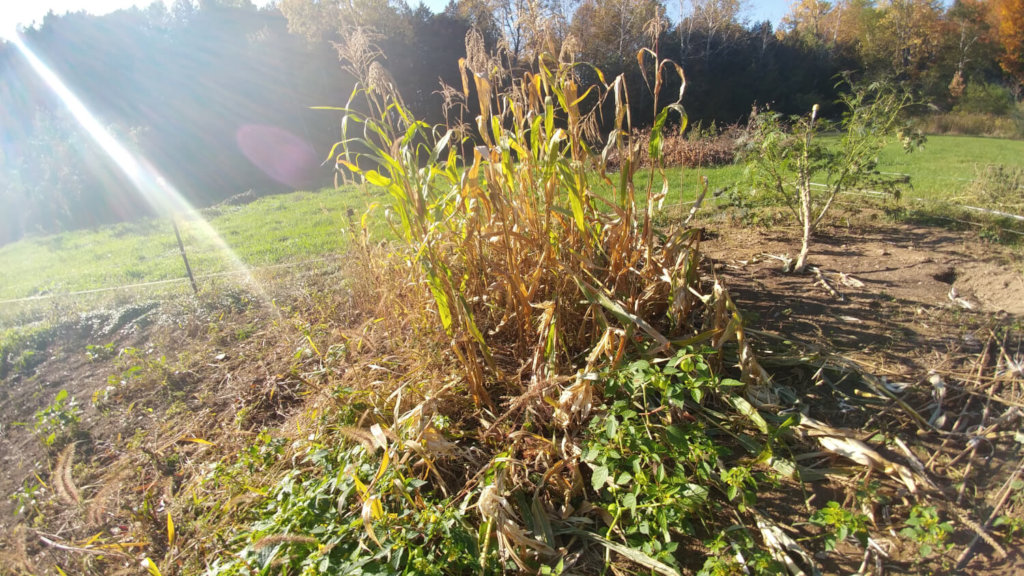Are we done yet?


No. In fact, you are just beginning.
Yes. Looking at the vegetable garden sends the clear message that the end is near. Some late green beans, last of the tomatoes and the promise of Brussels sprouts. OK, OK, too much kale still hanging around.
But the urge just to rototill the whole thing under and be done with it is very strong, even though “no dig” gardeners would be aghast at the idea.
Speaking of tomatoes, late blight was a scourge this year. It devastates the plant, starting at the stems and then consuming the leaves and fruit. It is airborne spores that cause the problem. Any unharmed fruit can be harvested, either to ripen inside or, if the tomatoes are green, in green tomato pie or fried green tomatoes. You can compost the dead plants because the disease does not survive in dead plants and does not affect the seeds or fruit. Some gardeners prefer to bag the material and send it to the landfill, just in case.
Tomatoes, just like fresh local corn, you eat until you think you can’t and then, well, you can’t because it is over.
Now is the time to get down to the basics of cleanup. As long as the perennials are providing food for the roots, cleanup can wait a bit. However, most have sent the clear message that they are done for this year.
Annuals need to be pulled as soon as they stop flowering. An exception is if you want to have “self-seeding” for the next year. If so let them go to seed and see what they do next year.
When cleaning up peonies, irises, delphiniums, day lilies and hibiscus be sure to cut the plant to the ground and clean up any dead litter to prevent disease. They do not need to be mulched to survive the winter, partially because of their deep root systems.
There is new thinking that this cleanup might not be necessary and that just leaving the plants until spring might be beneficial. Another option is to cut them down and leave the cut material in place. Gardeners gamble.
Now is also a good time to do an inventory of what did well and what did not do well. Some green beans were a failure, while some cucumbers were bodacious, and the lunchbox peppers were (still are) spectacular. If you have time, make a sketch of the veggie garden so you will know how to rotate next year.
But the hard work lies ahead. Planting all those bulbs you purchased in a weak moment or the plants from a local nursery that are sitting in the driveway giving you the “evil eye” every time you go by, saying, “Plant me now!!!”
Narcissi and daffodils are varmint and deer resistant, so they just need a sunny location and they will naturalize year after year. Tulips, on the other hand, can be a pain, subject to moles, mice, bunnies and deer. Many gardeners report good luck (and yes, it is luck!) with a variety of methods to plant tulips, such as with dog hair (you did brush Fido and didn’t save the hair?), hot pepper flakes and fritillaries bulbs (they smell like skunk and deter the varmints) interspersed with the bulbs.
It is indeed a busy time, but the effort invested now will pay huge dividends next spring. Oh, yeah, we have winter in between.

